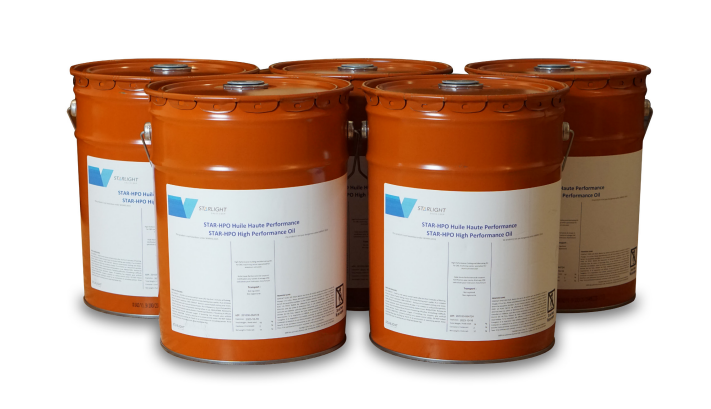Tooling, Lubrifications
Lubrication – The most overlooked aluminum extrusion machining secret
Lubrication using coolants is an essential part of end milling maintenance and failing to lubricate end mills can result in reduced tool lifespan. We will look at the differences between dry and wet aluminum extrusion machining based on the following factors:
- Lubricant: Dry machining is performed without any use of lubricants, whereas wet machining is performed with appropriate lubricants and cutting fluids.
- Lubricant delivery system: A lubricant delivery system is not required in dry machining. However, it is necessary for wet machining.
- Lubricant delivery accessories: No lubricant delivery accessory is required in dry machining, whereas accessories such as pumps, pipelines, storage tanks, and nozzles are required for wet machining.
- Environmental hazard: Dry machining is not environmentally hazardous. However, wet machining can be hazardous not just for the environment but also for the operator.
- Tool corrosion: The lack of lubricants ensures that there are no corrosion issues in dry machining. However, lubricant use may result in tool corrosion when it comes to wet machining.
- Cutting temperature: During dry machining, cutting temperatures are high. During wet machining, cutting temperatures are low thanks to the use of lubricants.
- Productivity and MRR: Productivity and metal removal rates (MRR) during dry machining are low as high temperatures interfere with process parameters. However, productivity and metal removal rates are high in wet machining as low cutting temperatures are maintained.
- Tool life: High temperatures in dry machining can reduce tool life significantly. However, tool life is prolonged due to the use of lubricants in wet machining.
- Finish: Dry machining’s high temperatures may have an adverse impact on surface finish, whereas wet machining’s low temperatures and lubricants can protect the surface finish.
- Chip color: Chip color may be affected by dry machining’s high temperatures, but there are no such issues with wet machining.
- Thermal damages: Cutting tools and workpieces are subject to thermal damage in dry machining, but wet machining significantly reduces the risks of thermal damage to components.
- Material: Dry machining is ideal for soft metals and materials such as polymer and wood. However, when it comes to cutting hard metals, wet machining is recommended.
I highly recommend doing wet machining and purchasing high-quality lubricants as the quality of the lubricant can significantly affect performance.
Starlight lubricants are especially designed for CNC machining centers and saws with spray mist or minimum quantity lubrication (MQL). Optimized for aluminum extrusion, Starlight lubricants require less quantities than regular oil for similar, or higher, performance.
Starlight has a full range of cutting oils and lubricants readily available on our website. Check them out https://dev.starlightcorp.co/oil-and-lubricant/





 Français
Français